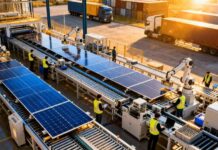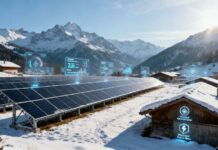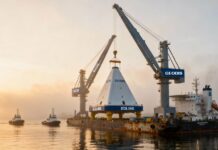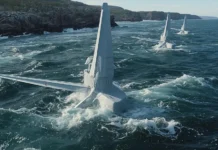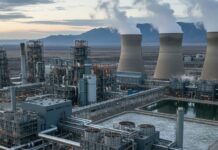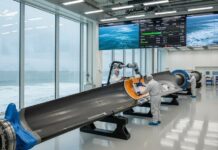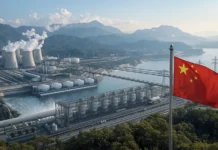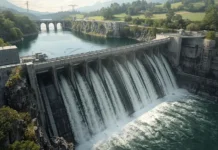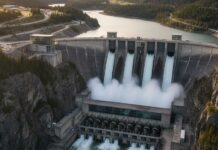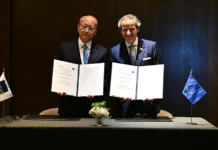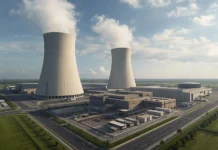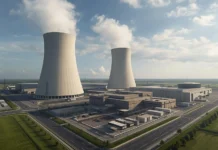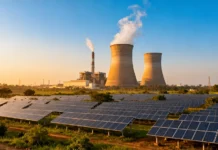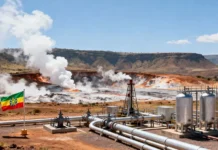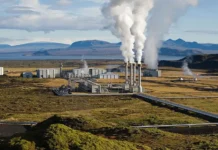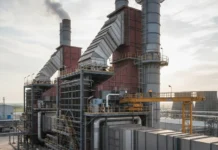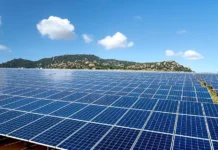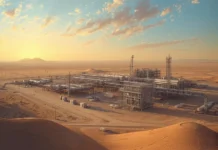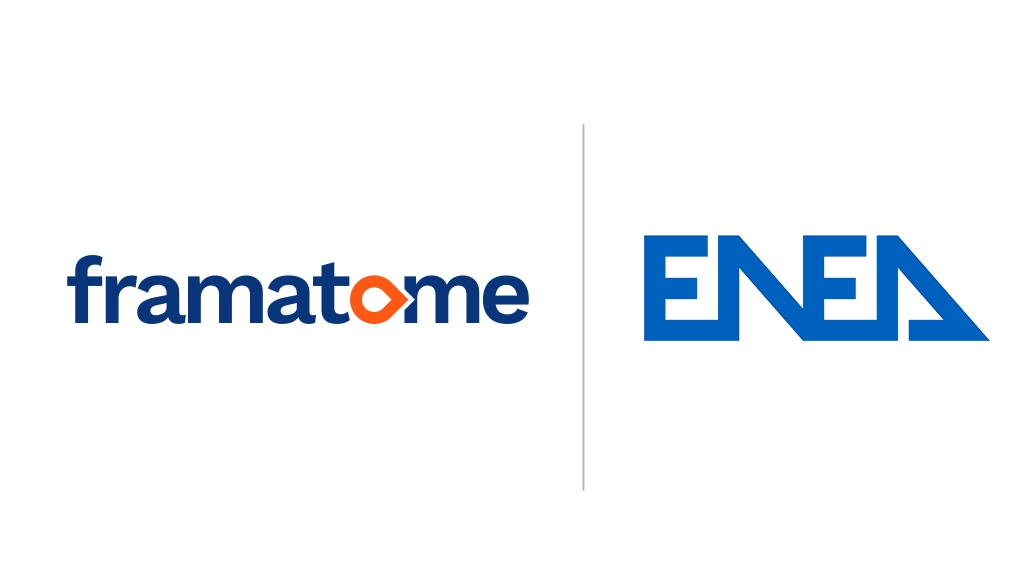Framatome, the French nuclear energy company, has entered into a strategic partnership with the Italian National Agency for New Technologies, Energy and Sustainable Economic Development (ENEA) to develop nuclear technologies designed for future lunar infrastructure. Under a newly signed memorandum of understanding, the two organisations will collaborate on areas such as fuel optimisation, material development for extreme space environments, and the use of additive manufacturing for reactor components.
The partnership between Framatome and ENEA is focused on creating industrial solutions capable of delivering power in the Moon’s highly demanding conditions, where temperatures can fall to -130°C and nights extend for fourteen Earth days. Framatome noted that nuclear power stands out as the most reliable option for ensuring continuous, long-term energy supply, which will be essential for both human operations and the deployment of equipment on the lunar surface.
The agreement between Framatome and ENEA covers joint research into fuel technologies, advanced manufacturing processes, and the mechanical properties of materials exposed to radiation and extreme thermal changes in space. The aim is to produce technical solutions capable of supporting the energy requirements of long-duration space missions. Grégoire Lambert, Vice President of Framatome Space, emphasised that achieving the project’s goals relies on “a convergence of European expertise,” highlighting the critical role of international cooperation in advancing nuclear technologies for space. He added that the initiative aligns with wider ambitions to expand Europe’s role in emerging advanced technology sectors.
Alessandro Dodaro, Director of ENEA’s Nuclear Department, described the partnership as “a prerequisite step” for positioning Europe in the emerging field of surface-based nuclear reactors. He said the collaboration is expected to strengthen ENEA’s technical expertise while driving industrial competitiveness in the sector. The effort also reflects a broader international trend, as several agencies explore the use of small modular reactors for lunar applications to provide autonomous energy systems that could sustain future inhabited bases.



